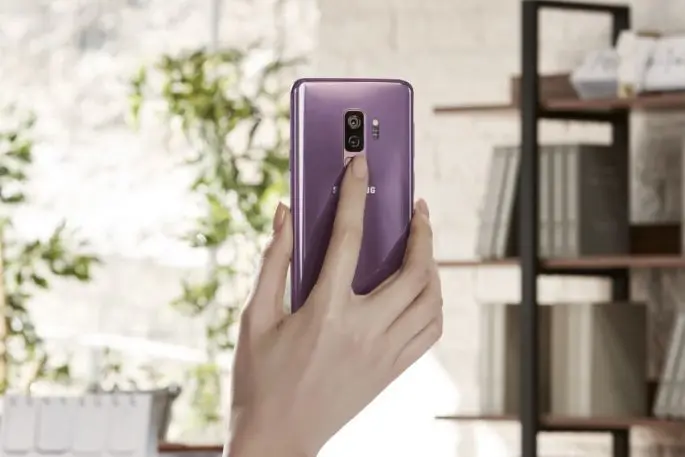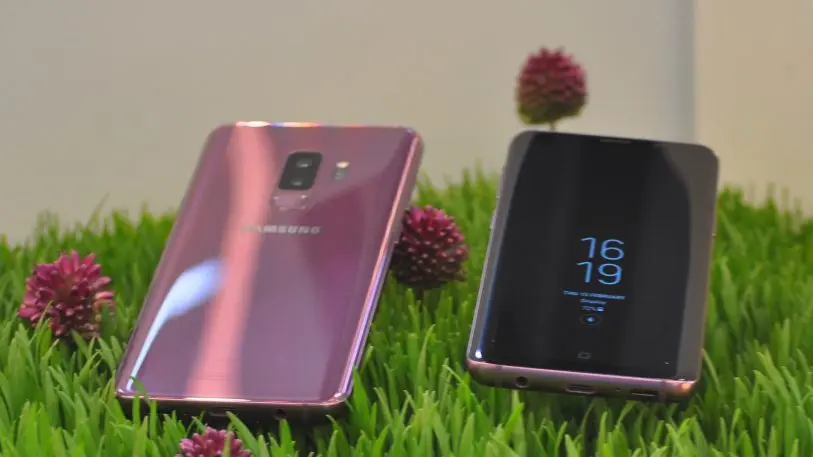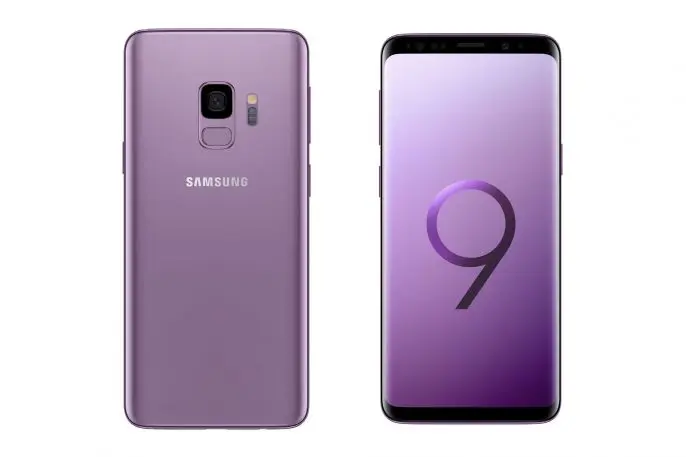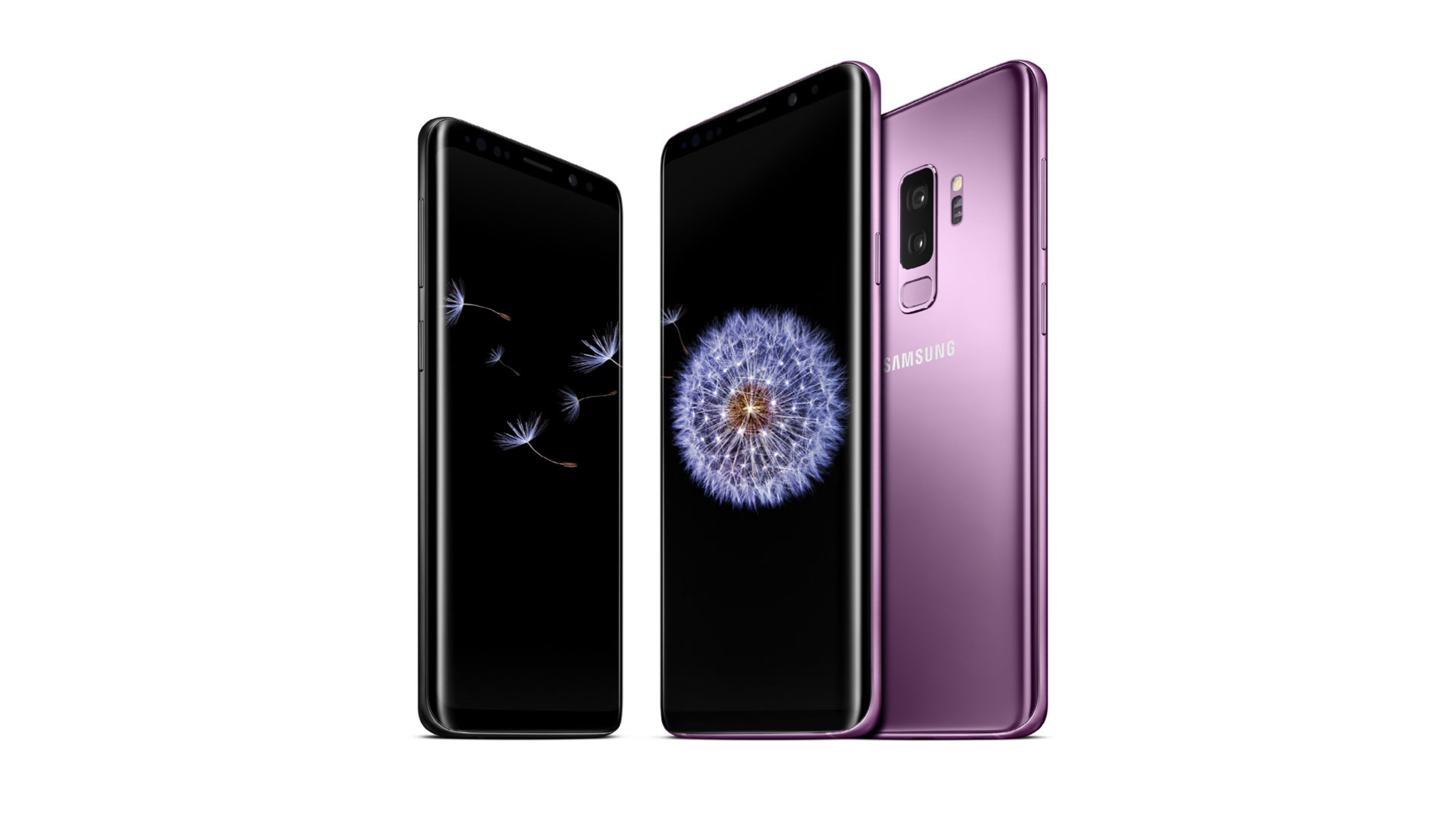In 2012, Samsung announced a device called the Galaxy Camera. Though it looked like a garden-variety point-and-shoot camera with a big zoom lens, it ran the Android operating system and had built-in cellular connectivity, letting you use apps and share photos and videos from anywhere, just like you can do with a smartphone. Its slogan: “Camera. Reborn.”
The Galaxy Camera never caught on. But a little over five years later, Samsung is announcing its new flagship smartphones, the Galaxy S9 and S9+ at the Mobile World Congress Show in Barcelona. The tagline the company chose for its launch event—”The Camera. Reimagined.”—is nearly the same one that the Galaxy Camera once carried. And the fact that the company is talking about a phone as if it were a camera shows that phones have become cameras in every way that matters.
“The camera has been consistently cited as one of the top three reasons why people purchase phones for the last several years,” says Samsung senior VP Justin Denison. “But really most recently it’s become the number-one purchase driver, become the reason why people buy their phones.” I spoke with Denison while getting a preview of the two new Android 8 Oreo phones, which are available for preorder on Friday and go on sale on March 16. As Samsung’s promotional focus indicates, imaging enhancements–including both hardware and software–are the big story. (The S9 lists for $720 and the S9+ for $840, prices you’ll likely pay divvied up into monthly installments.)

Similarities Abound
Though Samsung is talking about reimagining the camera, it didn’t radically rethink last year’s Galaxy S8 and S8+. The new models’ industrial designs retain their predecessors’ striking industrial design, with tall, skinny, curved displays using a 18.5:9 aspect ratio—5.8″ for the S9, 6.2″ for the S9+—and glass blacks. (They both continue to sport a headphone jack and a microSD memory-card slot.) Samsung reduced the bezel areas further, bringing the screens even closer to the edges—and resisted any temptation to mess up the immersive feel with a notch. It also brightened up the displays and added Dolby Atmos stereo sound. In Samsung’s demo, at least, Atmos really did deliver audio with a three-dimensional effect you don’t expect to get out of tiny smartphone speakers.
One actual departure from last year’s models is a big relief: The backside fingerprint scanner now sits below the camera rather than next to it, which should make it easier for your fingertip to find the sensor without smudging the lens.
Okay, now for those cameras. The Galaxy S8 and S8+, which were pretty much the same phone in two sizes, had identical (and excellent) rear-facing cameras that hadn’t changed much from those in 2016’s Galaxy S models. The Galaxy S9 still has one shooter on its back. But like Apple’s iPhone 8 Plus and iPhone X–and Samsung’s own Galaxy Note S8–the Galaxy S9+ has both a wide-angle camera and a telephoto camera, allowing you to get close-up shots of further-away subjects without losing any image quality.

That’s the theory, anyhow, and in a demo Samsung showed me–involving shooting pictures of the interior of a darkened box–the extra light did indeed make an enormous difference. It’ll be interesting to see how the Galaxy S9 and S9+ fare in dimly lit restaurants and other venues where it’s still tough to take smartphone photos worth saving. Samsung also introduced other tweaks intended to improve overall image quality: For instance, both phones now capture up to 12 still photos in rapid succession and then combine them into one optimal image. (Last year’s Galaxy S models did something similar, but with fewer images.)
Slow-motion photography is another photographic area where the S9 and S9+ aim to sprint forward. (Samsung says that slow-mo is the second most popular video shooting mode on its phones after the default settings.) The new phones can shoot at 960 frames a second, versus 240 for previous Galaxy models and iPhones. Their software also introduces a feature designed to make it easier to capture action that’s over almost before you notice it’s started, like a party-favor popper spewing confetti: Select an area in the viewfinder, and the camera will start shooting in slow-mo mode when it detects motion in that zone.
Then there’s AR Emoji, Samsung’s answer to the iPhone X’s Animoji. Rather than mapping your expressions to a bunny, robot, or other canned character, AR Emoji lets you create a mini-me avatar of yourself. Like an automated variant of Bitmoji, Samsung’s app captures your face with the front-facing camera and then turns it into a lookalike character whom you can customize. It then creates animated GIFs featuring your digital self expressing stock emotions (“OK,” “NO”).
An AR Emoji of your humble reporter.
Your AR Emoji can mimic your facial expressions in real time—AR Emoji Karaoke, anyone?—but when I tried this feature, the results had none of the uncanny polish and precision of Apple’s version. Maybe that’s at least partially because the new phones don’t introduce any new front-facing camera features along the lines of the iPhone X’s TrueDepth 3D face-mapping technology, which Apple uses for Animoji as well as Face ID security.
Speaking of Face ID, these phones don’t offer anything precisely like it. But they do combine two existing authentication features–iris scans and face recognition–into a new security feature that calls on both technologies depending on which works best in a particular environment. On their own, each was clunkier than Face ID, but perhaps they’ll work better as a team. If not, you can always opt to use the backside fingerprint scanner in its new, less-problematic position.

Bixby Redux
Like last year’s Galaxy S models, the Galaxy S9 and S9+ have dedicated buttons for Samsung’s Bixby AI assistant. When I reviewed the Galaxy S8 and S8+, the feature–which was only partially implemented at the time–was hardly a reason to choose a Galaxy over another phone. Samsung has continued to plug away at improving it, adding partners such as IHeartRadio and Expedia and improving the translation feature so that aiming the phone’s camera at a sign translates text right in the image you see. The company says that half of U.S. customers with Bixby-enabled phones use the service, and the arrival of the S9 and S9+ will be an occasion to reevaluate it.
Also on the software front, the new version of Samsung’s SmartThings app will come as standard equipment on the S9 and S9+. (Almost four years ago, Samsung acquired SmartThings, a platform for making devices in a home talk to each other.) Though you’ll need a SmartThings hub to use the app to control smart-home devices–ranging from Samsung refrigerators and ranges to Philips Hue lightbulbs to Ring doorbells–the app’s presence on the new phones could be a powerful way to to introduce the platform to new people, which might encourage even more products to support it.
“We’re always going to innovate in Samsung products, the half a billion Samsung devices that are sold globally each year,” Denison told me. “Those are important to us, and we want to make sure we’re delivering the best experience for those devices possible. But SmartThings is the open ecosystem where we can partner with any manufacturer or any product provider to bring those devices into our ecosystem.”
With the notable exception of the short-lived and problem-plagued Galaxy Note 7, Samsung’s smartphone hardware has been great since at least 2015’s Galaxy S6 and Galaxy S6 Edge. When it comes to software, the company’s execution has been much wobblier, compared both to the iPhone and Google’s Pixel phones. What Samsung is doing with photographic capabilities is exciting–but it would also be nice to think that the Galaxy S9 and S9+ might come together as cohesive experiences in a way that their recent predecessors, for all their impressive features, sometimes didn’t.
Recognize your brand’s excellence by applying to this year’s Brands That Matter Awards before the early-rate deadline, May 3.
